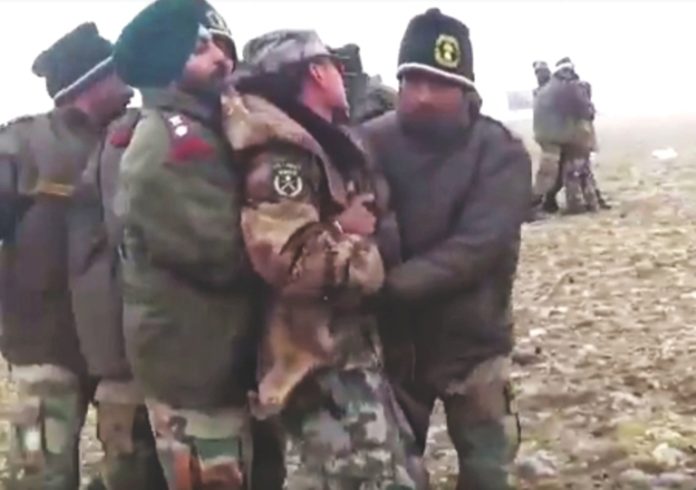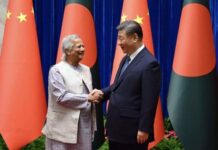The number of Chinese transgressions across the disputed border rose from 428 in 2015 to 663 in 2019, and a number of these transgressions eventually morphed into stand-offs between the two armies. The most prominent examples were near Chumar and Demchok in eastern Ladakh in 2014, at Burtse in northern Ladakh in 2015, and the 73-day stand-off at the Doklam plateau near the India-China-Bhutan tri-junction in 2017.
Smaller incidents of stare-downs between patrolling troops that morphed into fist-fighting were rarely reported, but one in 2017 near Pangong Lake in Ladakh got some media attention after a video showing the two sides hurling stones at each other went public. Another such incident took place on the banks of Pangong Lake in 2019.
Nathu La/ Cho La 1967
The second clash between India China, on 11–14 September 1967 (Nathu La) and 1 October 1967 (Cho La), on the border between China and the Kingdom of Sikkim resulted in a decisive Indian victory and a ceasefire was arranged to end Nathu La clashes. See next article.
Chumar, 2014
A 16-day stand-off between Indian and Chinese forces happened in eastern Ladakh near the village of Chumar, after Indian soldiers tried to block Chinese construction work into what India considered its territory. This stand-off began on 16 September, the eve of Chinese President Xi Jinping’s first visit to India, about four months after Modi was elected prime minister.
The stand-off began after the People’s Liberation Army (PLA) tried to extend the road from Chepzi towards Chumar (which India considers to be its own territory), and the construction work was stopped by Indian soldiers. Meanwhile, in Demchok, which is located in the Chumar area, PLA troops had pushed civilians into Indian territory to prevent ongoing work on an irrigation canal. Soon enough, 1,500 Indian soldiers stood face-to-face with 750 PLA troops.
Following intense diplomatic and military negotiations, the issue was resolved. Troops from both sides agreed to withdraw after a high-level flag meeting led by major-generals. The Chinese agreed to not pursue construction of the Chepzi-Chumar road and India agreed to demolish its observation hut at Tible in the same sector and to refrain from building bunkers there.
Burtse, 2015
Another stand-off took place between Indian and Chinese forces at Burtse in the Depsang plains in northern Ladakh in 2015.
This stand-off ensued after the Indo-Tibetan Border Police (ITBP) demolished a temporary hut — allegedly meant for surveillance — built by the PLA in Burtse. This was followed by the PLA calling for force reinforcements in the region and the Indian side responding with tit-for-tat additional deployments.
The stand-off was resolved within a week by local army delegations at the ground level itself and did not require any intervention by the governments. Following this, the Indian and Chinese armies decided to conduct a 12-day joint military exercise in China as a major confidence-building measure.
Doklam, 2017
The most prominent stand-off occurred in 2017 at Doklam, near the tri-junction point between India, China and Bhutan. The 73-day stand-off was the longest instance of the two militaries standing eyeball-to-eyeball in decades.
The problem started in June when Chinese army engineers attempted to build a road through the Doklam plateau, claimed by both China and Bhutan. Following ‘coordination’ with Bhutanese authorities, Indian soldiers based just across the border intervened and literally stopped the Chinese crews in their tracks.
What followed was a 73-day stand-off, from 16 June to 28 August, and then weeks of intense diplomatic negotiations. While, initially, the Chinese foreign ministry demanded that India should unilaterally withdraw its troops, eventually both sides agreed and announced their withdrawal on 28 August, returning to their pre-16 June positions.
China blinked as it agreed to stop its road construction in the Doklam region. But over the past couple of years, reports have suggested that China has been quietly building infrastructure and ramping up its military presence in the region, which has helped it gain an advantage in Doklam.


















